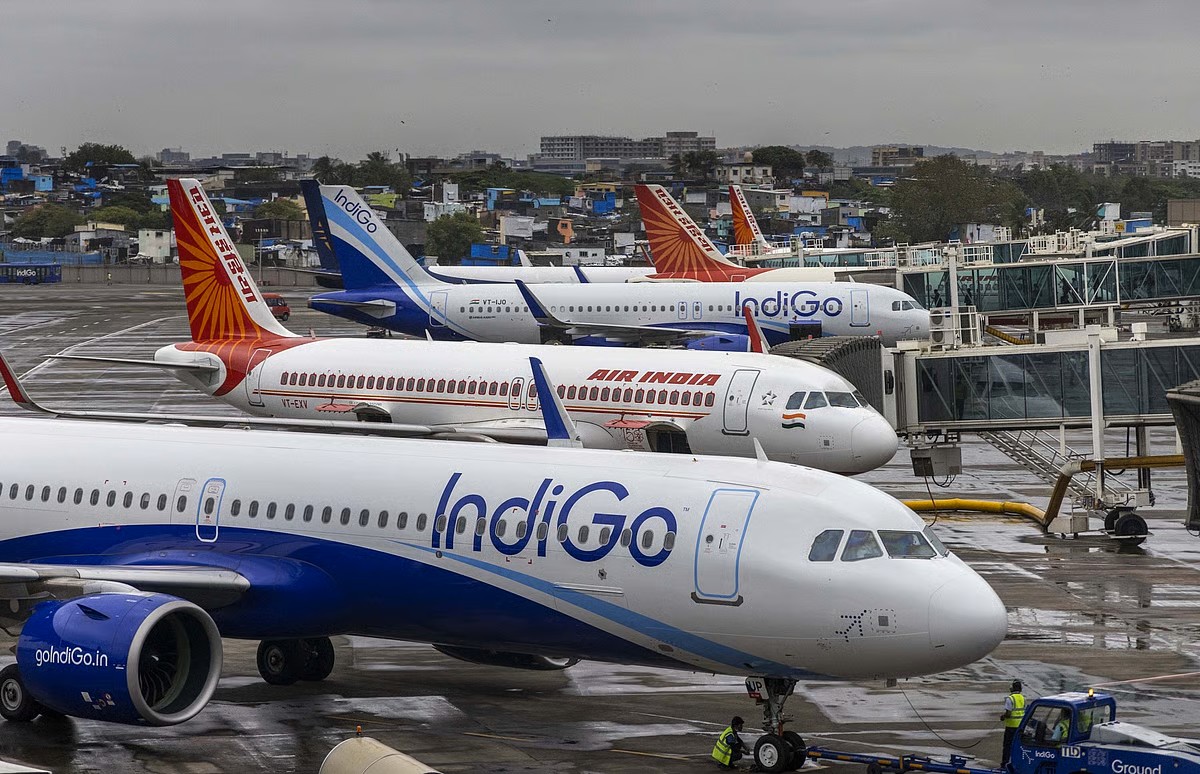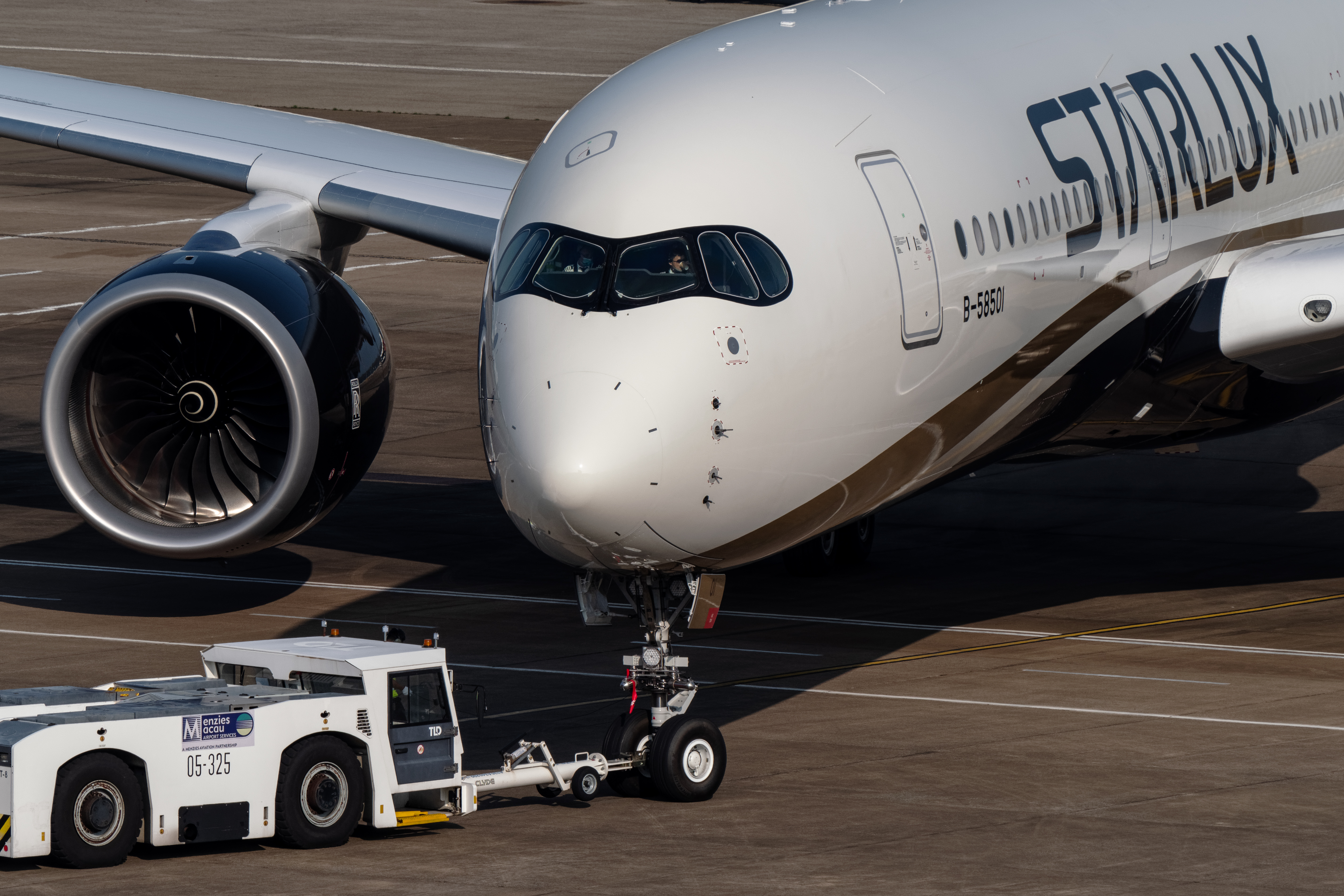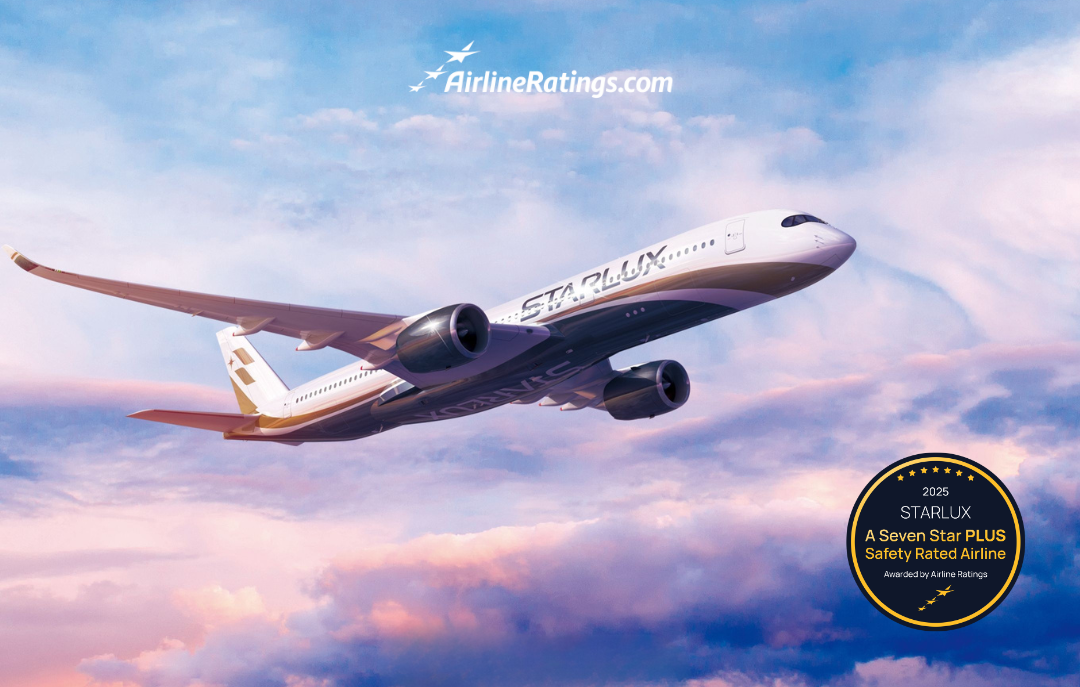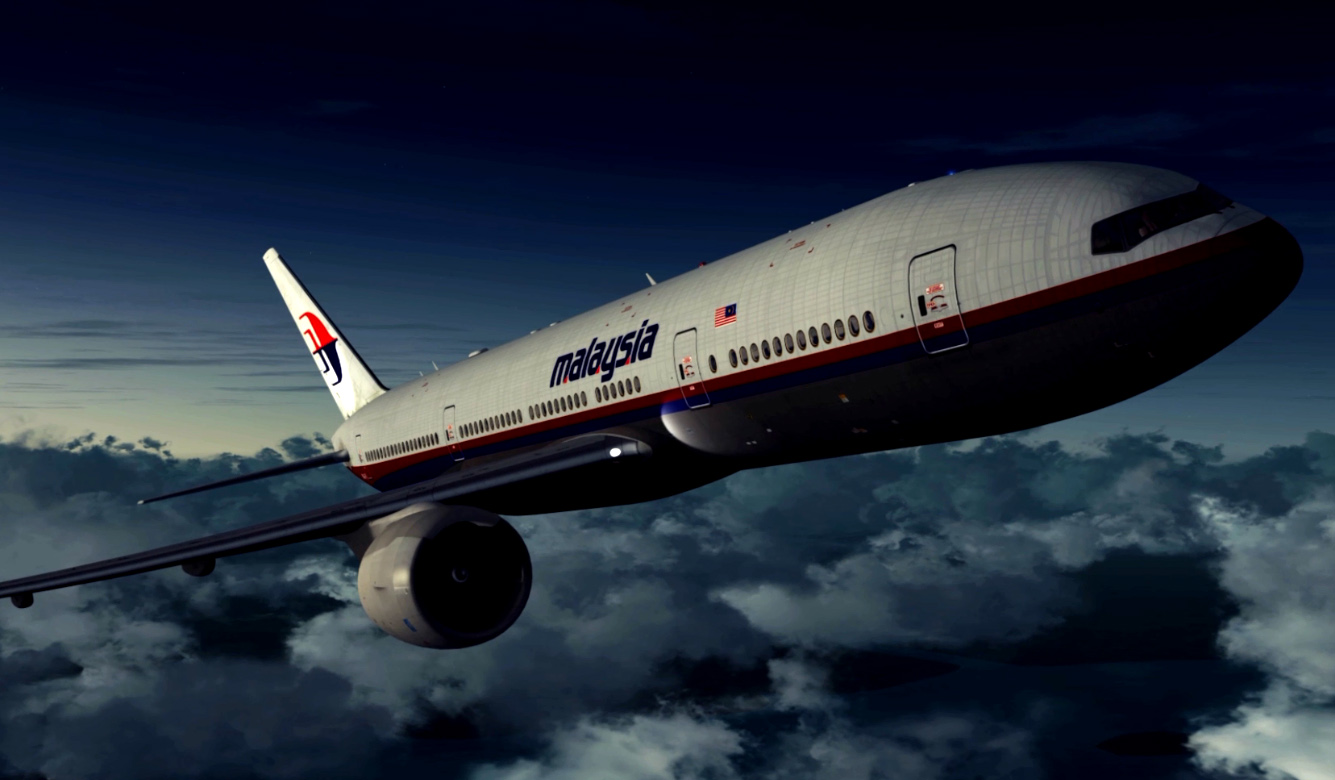
By Airline Ratings
Published Mon Jun 16 2025
India's aviation sector is booming with record-breaking domestic travel and new carriers taking flight. But behind the growth, safety remains a central question for millions of travelers. At AirlineRatings.com, we’ve been using out trusted and transparent 7-star airline safety rating system for over 13 years to assess risk and guide you to the safest airline for your journey.
Here's how India’s major airlines are currently rated, how those scores are determined, and how their safety records have evolved over time.
Safety Ratings for Major Indian Airlines (2025)
IndiGo: ⭐⭐⭐⭐⭐⭐ ☆ (6/7)
SpiceJet: ⭐⭐⭐⭐⭐⭐⭐ (7/7)
Akasa Air: ⭐⭐⭐⭐⭐⭐ (6/7)
Air India: ⭐⭐⭐⭐☆☆☆ (4/7)
Air India Express: ⭐⭐☆☆☆☆ (2/7)
How We Work Out Our Airline Safety Ratings ( if you know this already by means jump ahead!)
Our 7-star system is based on three core pillars: pilot-related safety incidents, fatal accidents, and global audit performance.
1. Pilot-Related Incidents
We begin by looking at whether the airline has had serious pilot-related safety incidents.
If no serious issues are found, the airline earns three stars.
If yes, the airline receives between zero and two stars, depending on the severity and frequency.
2. Fatal Accidents in the Last 10 Years
This is perhaps the most sensitive part of our rating process.
If there has been a fatal crash involving passengers or crew in the last decade, three stars are removed from the rating.
Why 10 years? Because we believe it can take that long for an airline’s safety culture to truly change—whether that means upgrading aircraft, investing in technology, or rebuilding internal systems and training.
However, not all fatalities are treated the same:
We do not deduct stars for accidents caused by terrorism, hijacking, or pilot suicide.
We also do not penalize airlines for accidents that were clearly not their fault, like a runway incursion caused by another aircraft or vehicle.
It’s about being fair, balanced, and looking at the full picture.
3. International Safety Audits
We also look at how the airline and its home country perform in major international safety audits. These include:
IOSA (IATA Operational Safety Audit)
ICAO (International Civil Aviation Organization) country safety audit
EU airline bans
FAA safety ratings
If all audits are passed, the airline earns one star. If not, the star is removed.
An exception is made for airlines like EasyJet (UK), which haven’t completed IOSA but have had no crashes in their 30 year history—they still earn the star because their safety record speaks for itself.
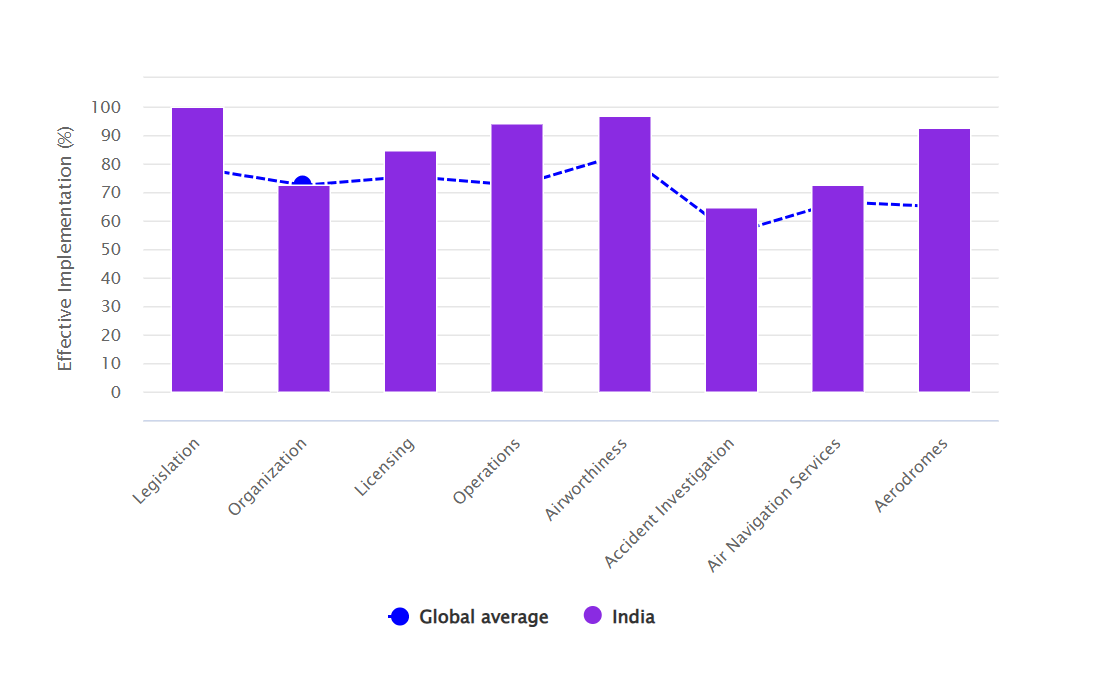
The History Of India’s Safety Ratings
India’s safety rating over the past 13 years has been inconsistent, largely due to shortcomings in the ICAO (International Civil Aviation Organization) country safety audit. While recent improvements are encouraging, fluctuating scores over the last decade have affected all Indian carriers, since airline safety ratings are partly influenced by the strength of the national aviation oversight system. For many years, this gap in regulatory performance prevented any Indian airline from achieving a perfect 7-star safety rating.
In the case of Air India Express, a tragic runway overrun in Kozhikode in 2020 led to the loss of 21 lives. That incident alone means its safety score cannot return to the maximum level until at least 2030, provided no further serious events occur. The airline has also experienced several operational incidents over the past three years, resulting in additional star deductions under the “incidents” category. For more information, you can visit the incidents page on AeroInsider.com.
IndiGo, while not involved in any fatal accidents, has recorded a number of operational safety events—including loss of separation in airspace, tail strikes on takeoff, and runway excursions. It’s important to note that such incidents occur across all airlines; what matters is how they are managed. In IndiGo’s case, the flight crews have largely responded professionally and effectively, and as a result, only one star has been deducted from their safety rating and they retain a respectable 6/7 for safety.
It’s also worth noting that IndiGo operates a fleet of over 413 aircraft, making it one of the largest airlines in the region. Naturally, a larger operation results in a higher number of reported incidents simply due to volume, which should be considered in context.
Meanwhile, SpiceJet and Akasa Air maintain relatively clean records, partly due to the smaller size of their fleets. SpiceJet retains a full 7-star safety rating, while Akasa scores 6 out of 7 stars. The slight deduction for Akasa is due to the absence of IOSA certification.
In the case of Air India, depending on the outcome of the crash report - further stars may be lost beyond the current three.
AirlineRatings.com CEO Sharon Petersen says:
"While we can never predict the future, our safety ratings are a reliable source of information to help guide the public toward the safest option for their journey. The progress in India has been impressive, and that’s reflected in our ratings—every major airline, with the exception of Air India Express, has improved its score over time. The tragedy on Thursday raises serious questions, and I believe it will prompt a closer look at the broader implications of India’s rapidly expanding aviation industry."
India’s aviation industry is soaring to new heights, bringing millions closer to their dreams and destinations. Yet, with this incredible growth comes a profound responsibility to ensure every journey is as safe as it is exciting. While many airlines have made commendable progress, recent tragedies remind us that safety can never be taken for granted.
